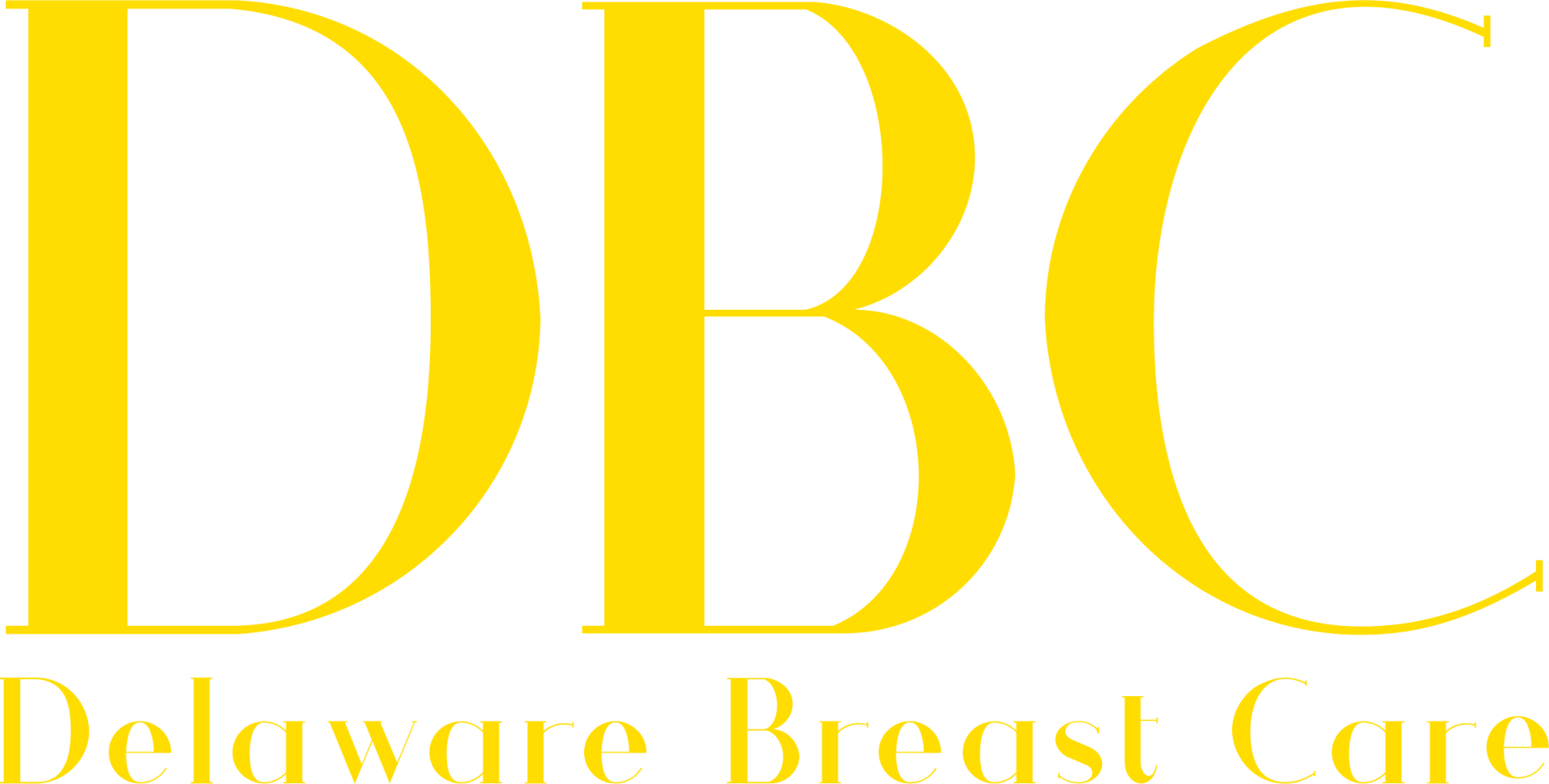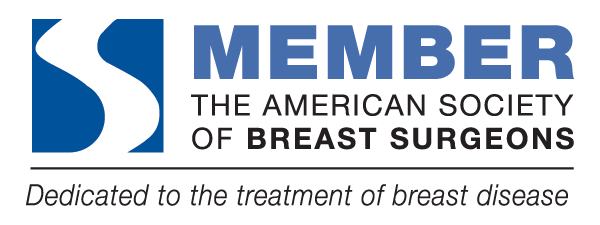For Patients: DBC FOR YOU
Would you like to create some healthy habits? In this section, Dr. Quarterman shares the latest information about diet, exercise, the environment and more!
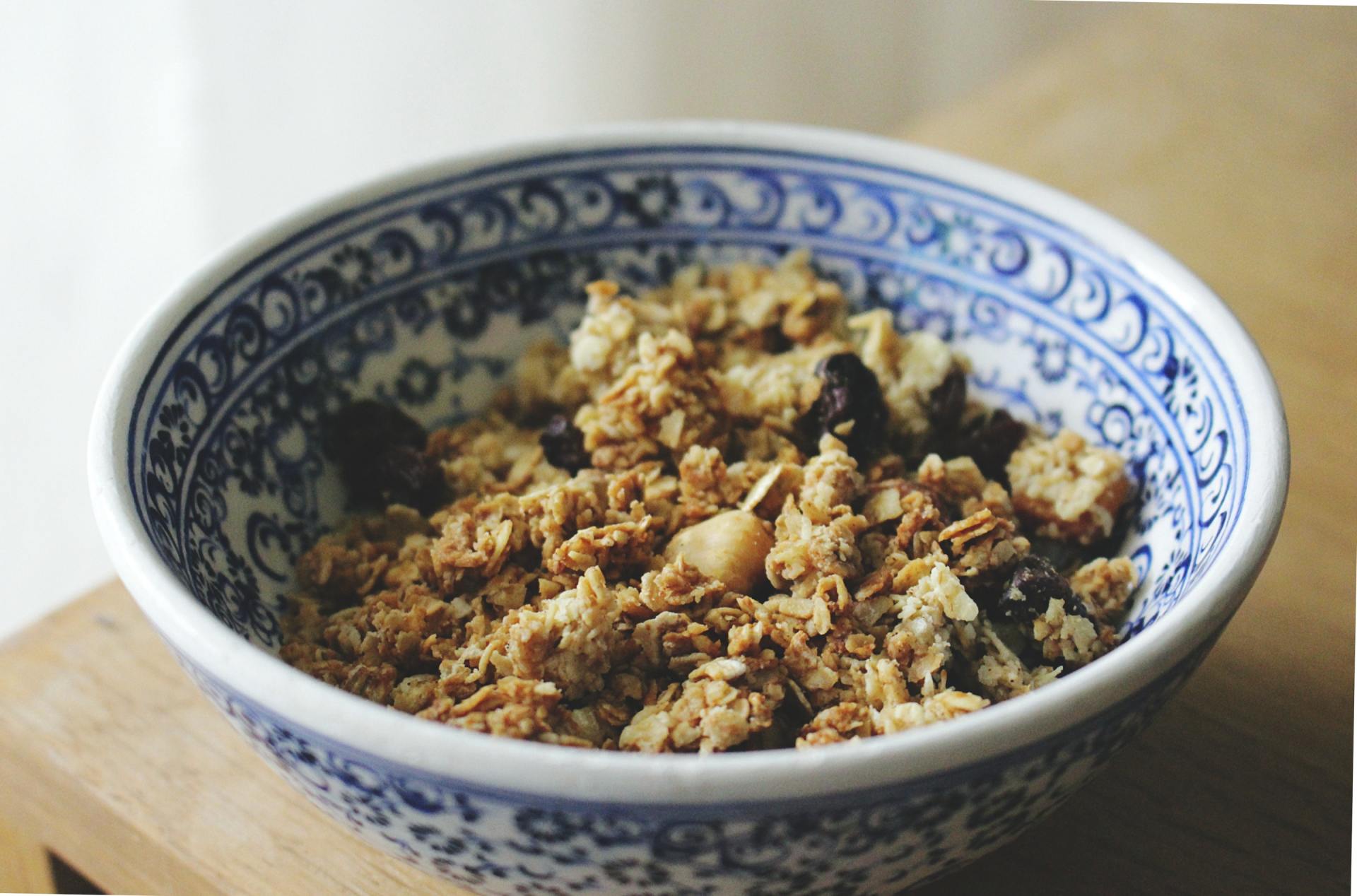
A group of investigators compiled data from 20 studies that looked at fiber intake and breast cancer risk. Results showed that women who regularly consumed fiber in their diets had an 8% lower risk of breast cancer compared to women who did not. The results were the same for postmenopausal and premenopausal women. Intake of soluble fiber was significantly associated with cancer risk reduction. Intake of insoluble fiber trended towards reduced risk, but the trend did not reach statistical significance. What is fiber? Dr. Quarterman explains: ”Fiber is that part of your diet that provides bulk. It passes through with minimal, or no, absorption into your bloodstream. It’s commonly found in breads, cereals, beans, nuts, fruits and vegetables. Soluble fiber (from foods like beans, peas, oats, barley, apples and citrus) combines with water in your gastrointestinal tract to turn into a gel. Insoluble fiber (from foods like beans, whole wheat, bran, green beans and nuts) goes through your intestines and colon essentially unchanged in form. For years, Dr. Q has educated her patients that a high-fiber diet promotes breast health. “Soluble fiber, in its gel form, can coat the gastrointestinal tract and actually block the absorption of cholesterol, sugar and fats. We know that increased dietary levels of those substances can increase the risks of breast cancer and other diseases.” “Insoluble fiber keeps stools bulky and minimizes constipation. There was a trend for this type of fiber to reduce breast cancer risk, as well.” What does Dr. Q think of this study? “This news supports what many of us have believed – that a diet rich in fiber reduces breast cancer risk. But we must also consider that women who make the effort to include fiber in their diets may also be doing other healthy things that will reduce the risk of breast cancer. These habits may include a healthy overall diet, regular exercise and regular stress-management. So it may not be just the dietary fiber that is having a beneficial effect. This should be just one part of a healthy lifestyle.” RESOURCES: https://acsjournals.onlinelibrary.wiley.com/doi/abs/10.1002/cncr.32816 https://www.medicalnewstoday.com/articles/319176#what-are-the-benefits-of-fiber

Everywhere we look, there’s information about how what we eat affects our bodies. What do we know about diet and breast health? Actually, quite a lot! 1 – Sugar. Eating too much sugar can lead to excess calories and fat deposition. Increased body fat increases the risks of some types of breast cancer. Additionally, sugar may have a direct link to breast cancer by promoting the growth of breast cells. Moderating sugar intake is a good idea for breast health. 2 – Antioxidants. An antioxidant is a substance that keeps your cells healthy and functioning properly. It protects against damage and promotes cellular repair when damage is done. Beta carotene, vitamin C and vitamin E are the major sources of antioxidants. They’re abundant in fruits and vegetable (the brighter the color, the better). Antioxidants have protective effects against breast cancer. Eating about 10 servings of fruits and vegetables per day is recommended. (Don’t think that food has to be fresh in order for it to be healthy. Many fruits and veggies are fresh-frozen. This means that their nutrients are locked in, and you can keep them for a long time without concern that they’ll go bad. Frozen fruits and veggies are often more economical than fresh!) 3 – Omega-3 fatty acids. These essential fats appear to reduce breast cancer risk. You can find them in foods such as flaxseeds (including oil), soybean oil and canola oil. Salmon, mackerel, tuna, herring and sardines are particularly high in these fatty acids. Fish oils have higher fatty acid concentrations than fish flesh. 4 – Soy. Soy contains phytoestrogens – plant-based forms of estrogen that, in some cases, can alleviate hot flashes, night sweats and other symptoms of menopause. Soy products can actually be protective against breast cancer. It’s a nice alternative to meat products and is high in several nutrients. It’s important to know that soy may increase the risk of recurrence of some types of breast cancer. So, if you have a personal history of the disease or are at high risk for breast cancer, this is a substance that you should avoid (unless approved by your doctor). 5 – The Mediterranean Diet incorporates daily ingredients of fish, poultry, nuts, fruits and vegetables. The dishes are commonly cooked in olive oil. Red meat, sugar and dairy products are kept at a minimum. The combination of nutrients (with the heat of cooking as a catalyst) promotes health in many ways. Recently, the diet has been linked to reduction of breast cancer risk. Moreover, for women with breast cancer, adopting the Mediterranean diet led to a reduction in cancer recurrence. 6- Alcohol. Drinking as few as two alcoholic beverages a week increases breast cancer risk. 7 – Organic food options may be healthier for breast tissue. Studies are underway, but it makes sense to many doctors that, since organic food is produced with fewer chemicals, it may reduce breast cancer risk or improve outcomes for women with breast cancer. But if you can’t get organic options, don’t worry. Fresh produce, regardless of how it was raised, is always a healthy option! 8 – Meat. Beef and pork are notoriously high in fat, and fat is linked to increased breast cancer risk. So, when looking for a protein source, go for lean cuts. Also, remember that poultry and fish are hearty, filling foods with breast health benefits! 9 – Grilling . Studies show us that the char on grilled meat is linked to increased breast cancer risk. The char on grilled poultry and vegetables may have the same effect. So, as delicious as it is, try to get your food off the grill before it burns. 10– Supplements. Many people buy vitamin, mineral and fatty acid supplements to take daily. Sometimes, these products aren’t adequately absorbed into the bloodstream and you’re not getting the health benefits that you think you are. Consult with your doctor or nutritionist first. Finally, remember that fruits and vegetables contain sugar; meat, fish and poultry contain fat. Overzealous efforts to eat healthy may backfire if you eat too much of anything. Remember to keep your dietary choices in moderation!
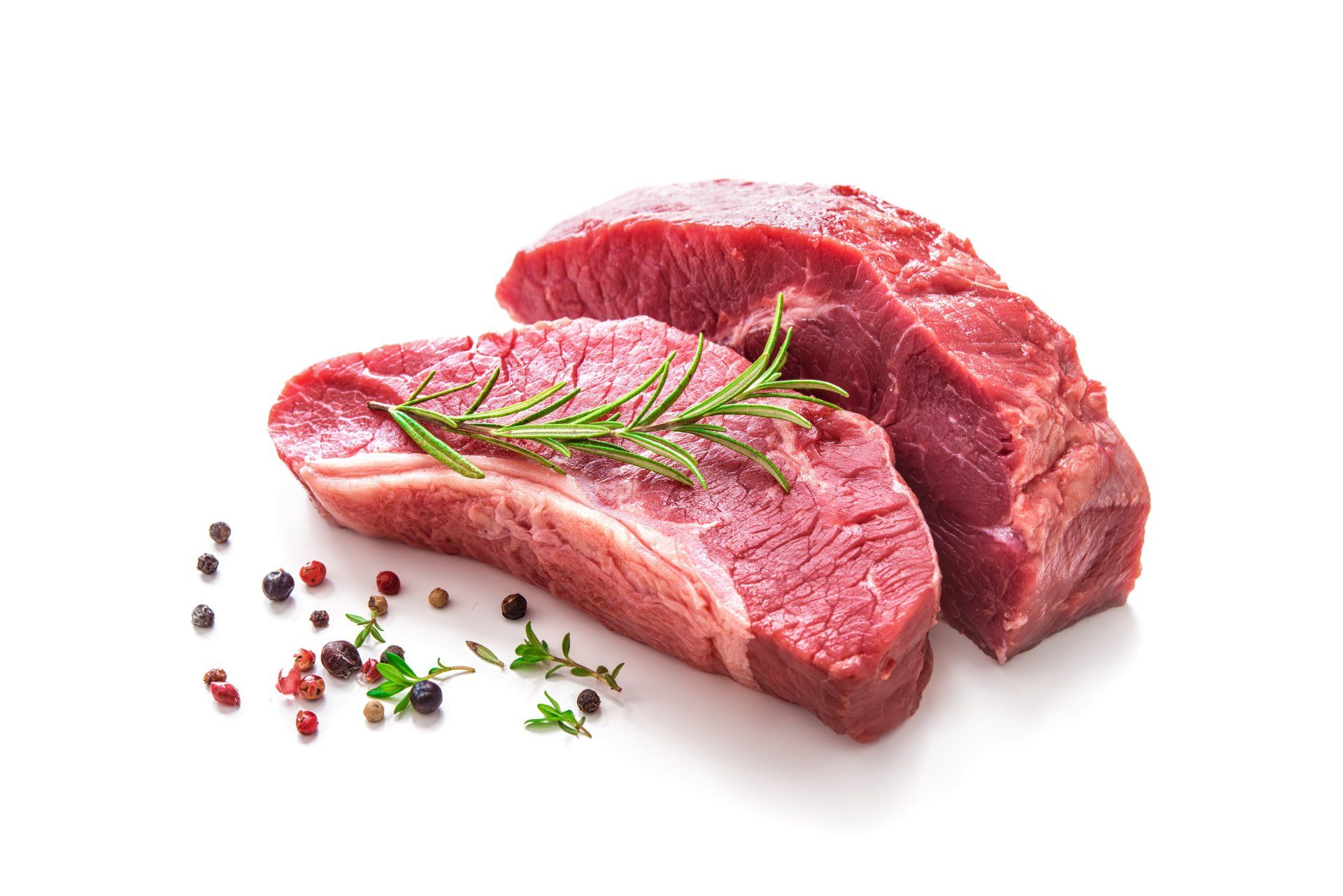
The world of medicine has been looking at the links between diet and cancer for decades. As far as breast health goes, there are specific dietary measures that are being questioned and researched. The work is ongoing. A recent article was published that examined the relationship between red meat and breast cancer. Researchers from the National Institutes of Health evaluated over 42,000 women in the US. They gathered information about their meat consumption as well as their practices of cooking meat. The participants were followed for just over 7.5 years. During that time period, over 1,500 breast cancers were diagnosed in these women. The consumption of red meat appeared to play a role. The women who ate the most red meat had an over 20% higher risk of developing breast cancer compared to women who ate the least amount of red meat. Interestingly, the more poultry women ate, the lower their breast cancer risk. Women who ate the most poultry had a 15% lower risk of breast cancer compared to those who ate the least amount. The risk was even lower among women who ate poultry and no red meat. When considering this study, it’s useful to think carefully about these women. Did they have other risk factors that would have affected their chances of getting breast cancer? Did their meat or poultry consumption really have anything to do with their developing the disease? The researchers accounted for these possibilities by controlling for (statistically speaking, minimizing the effects of) conventional risk factors for breast cancer. They also controlled the data for race, socioeconomic status, obesity, alcohol consumption and other dietary choices. The results were the same. What does this mean? The study suggests that there is something present in red meat that increases the likelihood of breast cancer. Other studies have found the same results. This may be due to the way the meat is prepared – from the feed that the cattle get to the chemical changes that happen as the food is heated. There may be many steps within the cattle–to–food process that combine to affect breast cancer risk. The fact that poultry may decrease breast cancer risk is very interesting. Both findings warrant further investigation. We know that choosing poultry over red meat in our diets has several healthy effects (less fat, less cholesterol, etc.). Now, eating more poultry and less red meat may just have an additional health benefit. Dr. Quarterman has written about diet and breast cancer in the past: https://breast360.org/news/2016/02/19/mediterranean-diet-possible-reduction/ https://breast360.org/topics/2017/01/01/breast-cancer-and-nutrition-facts-and-myths/ https://breast360.org/news/2017/04/23/grilled-barbecued-smoked-meats-may-worsen-outcomes/ RESOURCES: https://www.eurekalert.org/pub_releases/2019-08/wspf080619.php https://onlinelibrary.wiley.com/doi/abs/10.1002/ijc.32547
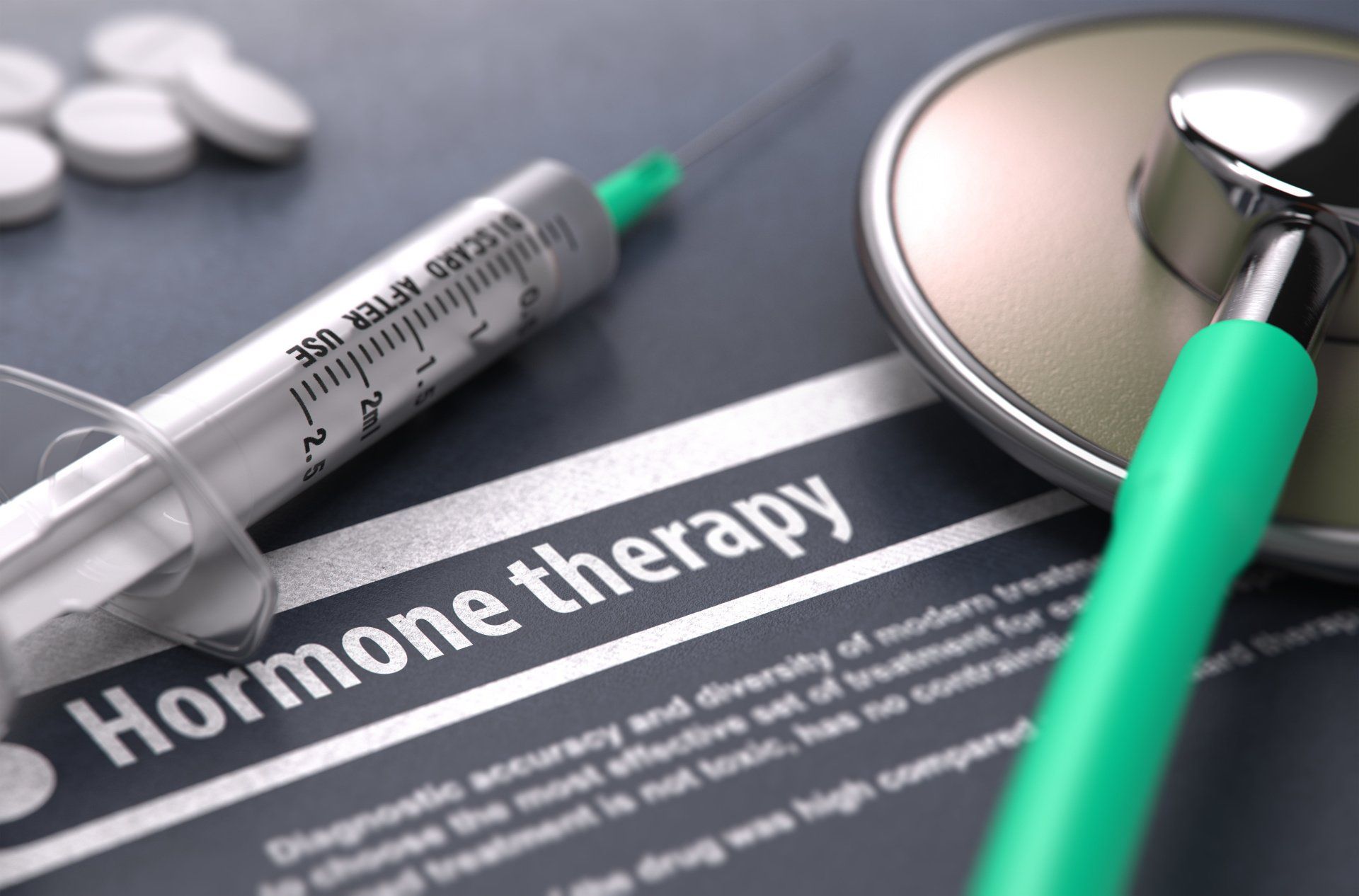
The postmenopausal state may produce symptoms such as vaginal dryness, hot flashes, night sweats and mood swings. Many postmenopausal women take hormone replacement therapy (HRT) to combat these symptoms. HRT contains estrogen, which reverses the postmenopausal complaints. If a woman still has her uterus, HRT also contains progesterone, which protects the uterus from the possible breast cancer-producing effects of unopposed estrogen. Many women are familiar with the news that HRT may increase breast cancer risk, as well as the risks of stroke and heart disease. This information has led many healthcare providers to recommend minimal doses of HRT for as short a period of time as possible. Some postmenopausal women choose to take bioidentical hormones for their HRT. These are usually naturally-occurring (i.e., obtained from animals as opposed to made in a lab) estrogen and progesterone formulations, either capsules or creams. The common expectation is that these sources of HRT are somehow safer and healthier than the human-made medications. Bioidentical hormones that are obtained from a compounding pharmacy are not overseen by the Federal Drug Administration (FDA). This means that their ingredients are not regulated to ensure adequate and safe levels. A recent study evaluated HRT capsules and creams from 15 random compounding pharmacies in the US. The investigators found inconsistent levels of estrogen and progesterone in their products. There were variations within each pharmacy, as well as between pharmacies. What does this mean? The bioidentical HRT that a woman gets from her compounding pharmacy may have hormone levels that are too low or too high. If the levels are not exactly correct, she may be taking a medication that doesn’t help her, or that increases her risks of breast or uterine cancer, heart disease or stroke. It’s important to ensure that HRT contains consistent and precise amounts of estrogen and/or progesterone from dose to dose, and from prescription to prescription. Standard pharmacies are overseen by the FDA, which ensures that the active ingredients in HRT are correct and constant. REFERENCES: https://www.medscape.com/viewarticle/915274?src=wnl_edit_tpal&uac=148726EN&impID=2023048&faf=1 https://insights.ovid.com/crossref?an=00042192-900000000-97368
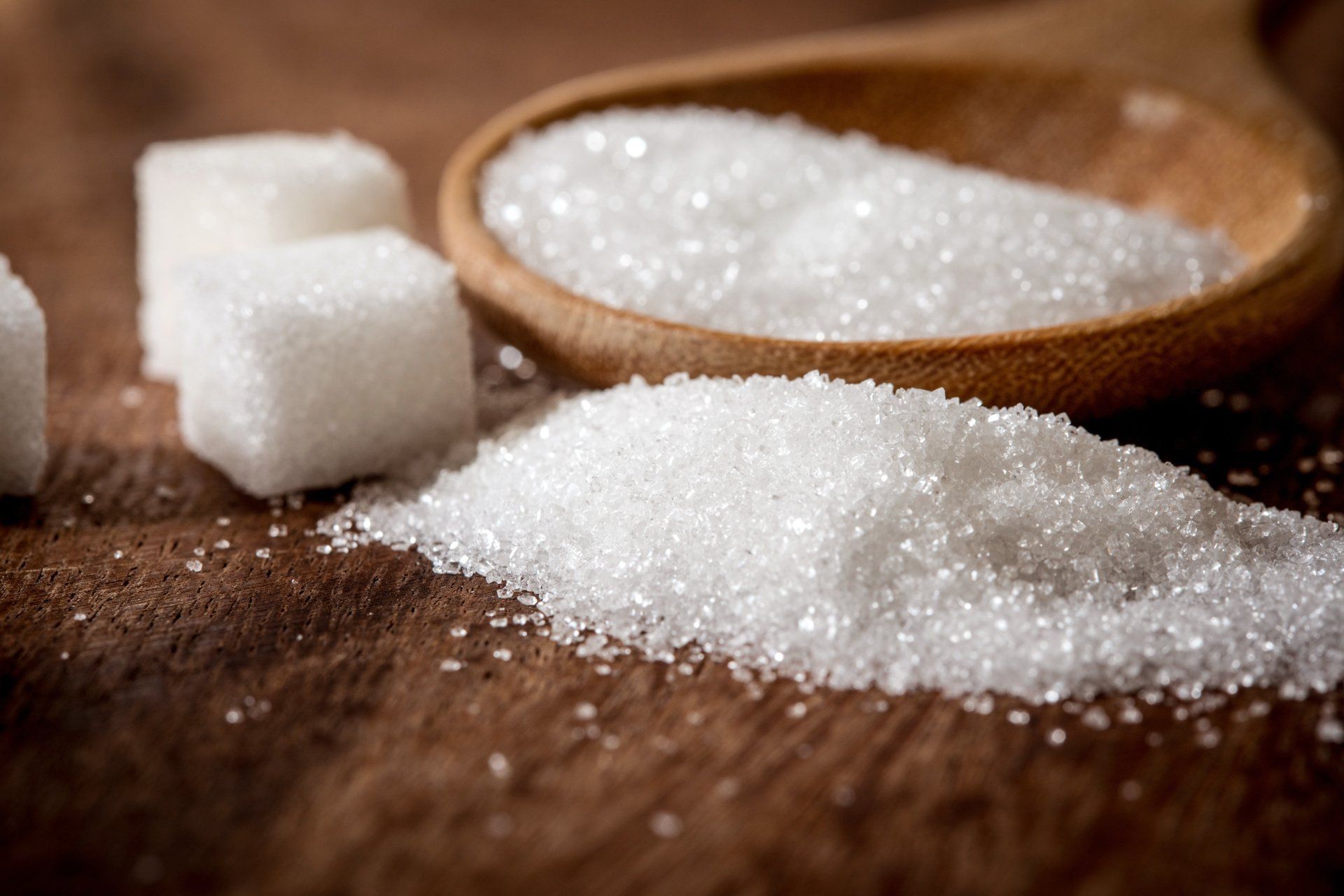
The detrimental effects of sugar on the body are widely known. There is increasing evidence that sugar is linked to cancer. A recent study from France reviewed the diet choices and health of over 100,000 people over an 8-year period. The participants reported how many sugary drinks and artificially sweetened drinks they consumed each day. The researchers then assessed the group for cancer diagnoses. Drinking sugary beverages increased the risk of cancer by 18%. For breast cancer, the risk was higher at 22%. Interestingly, this study did not show an association between cancer and artificially sweetened drinks. These results don’t definitively mean that sugary drinks increase cancer risk and that artificially sweetened drinks do not. It’s not clear that the participants were entirely accurate in their reporting. Moreover, they could have had other factors that were the actual causes for increased cancer risk. The physical response in the body to sugar, rather than the sugar itself, may have played a large role. Nonetheless, this latest data supports the general consensus in medicine that too much sugar has detrimental health effects, and it is not surprising that this report suggests that Increased sugar intake may be connected to cancer development. Dr. Quarterman has written articles about sugar and breast health: https://breast360.org/news/2016/02/26/increased-dietary-sucrose-and-breast-cancer-risk/ REFERENCES: https://www.bmj.com/content/366/bmj.l2408 https://www.medscape.com/viewarticle/915498
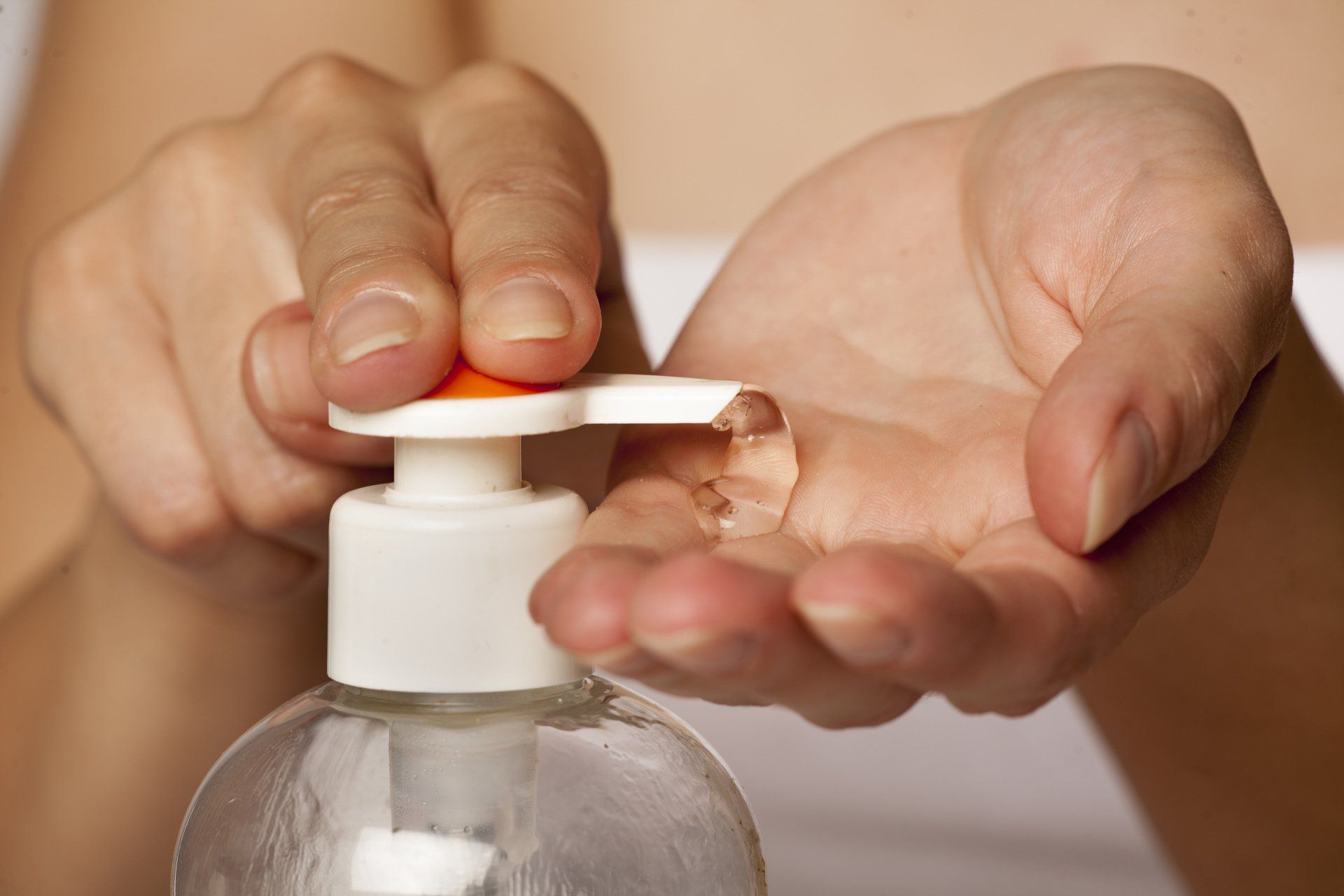
Triclosan is a human-made chemical that has antibacterial properties. It’s been put in many consumer items, including hand sanitizer, furniture, toys, clothing and toothpaste. The FDA approved its use in toothpaste based on data that included a study showing that triclosan reduced gingivitis. However, tricolsan’s usefulness and safety hasn’t been evaluated in every product where it’s used. In fact, some studies looking at triclosan and skin cancer are ongoing. Because triclosan’s safety is not yet clear, the FDA has banned its use in hand sanitizers. However, triclosan is not banned in other items – including items that the FDA doesn’t regulate, such as toys, clothes and kitchen products. It is safe to say that a large percentage of the US population is exposed to triclosan regularly. We do know that triclosan is absorbed into the body through the skin and the mouth, and the effects on the body are under study in many labs. One recent study found that women with elevated levels of triclosan in their urine (the substance is mainly excreted via the kidneys) had higher rates of osteoporosis. What does this mean for you? Simply be aware that triclosan is widely used and currently under study for its safety. It is not certain that it causes osteoporosis. Contact your primary care provider to be sure that you’re on schedule for bone mineral density checks, and follow instructions to maintain healthy levels of calcium and vitamin D. You may need another medication to support bone density; ask your provider about this. REFERENCES: https://www.fda.gov/consumers/consumer-updates/5-things-know-about-triclosan https://www.medscape.com/viewarticle/914888 https://academic.oup.com/jcem/advance-article-abstract/doi/10.1210/jc.2019-00576/5522022?redirectedFrom=fulltext






